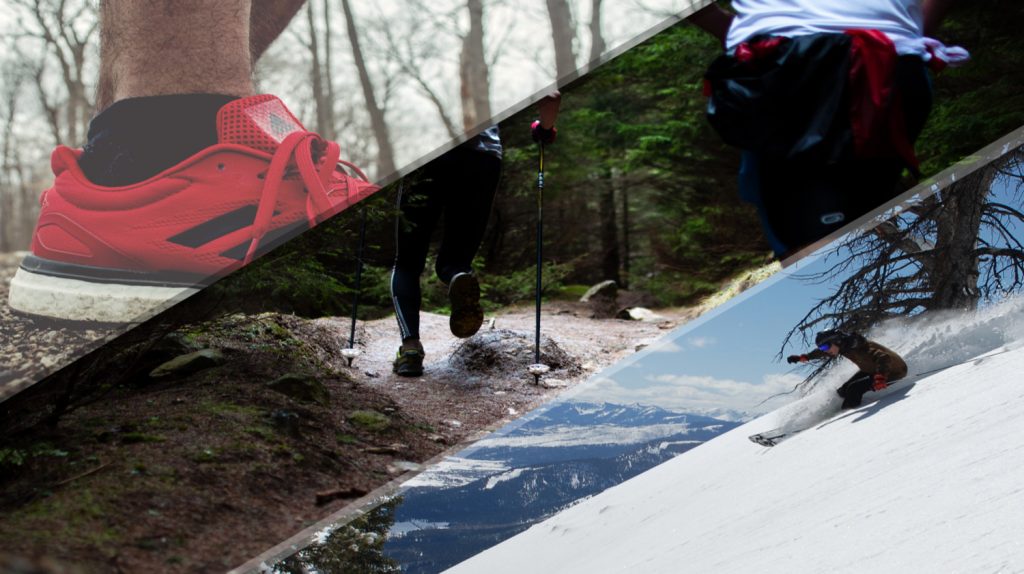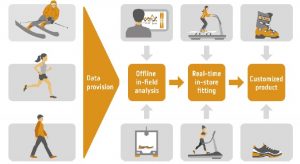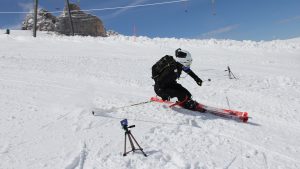Digital Motion in Sports, Fitness and Wellbeing
- Contact person: Gaëlle Prigent
- People involved: Gaëlle Prigent, Salil Apte
- Partners: Salzburg Research, University of Salzburg: Sport and Exercise Science – Center for Human-Computer Interaction, Adidas AG, Atomic Austria, Digital Elektronik, Gasteiner Kur- und Reha GMbH, Hirsch Armbänder Gmbh, Suunto, RedBull Media House, SmpliFlow, Abios, Scio technologies, InterSport Bründl, Schladming-Dachstein
- Funding source: FFG – Austrian Research Promotion Agency

Overview:
We believe that not the “how long” or the “how often” is important but that the “how good”, “how effective” or “how do I feel” are people fundamental concerns. In the context of “Digital Motion in Sports, Fitness and Wellbeing” (DiMo), multiple product-embedded sensors will be used to obtain biomechanical, context-related and psychological data and support consumers via intuitive novel human-computer interaction concepts in raising enjoyable experience during various sports. Moreover, DiMo aims to provide meaningful real-time and/or offline feedback on motion and emotion, leading in turn to increased motivation, better performance, and an improved self-awareness and well-being.
Method:

As a first step, EPFL’s Laboratory of Movement Analysis and Measurement (LMAM) uses biomechanical features from inertial sensors (IMUs), physiological parameters from electrocardiogram (ECG) and psychological information from perceived exertion questionnaires to assess fatigue during running and skiing. Developed algorithms will help better understanding biomechanical and psychophysiological data during real race conditions, designed for minimizing injury risks, improving performances and motivation.
